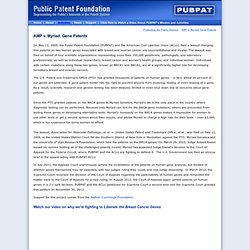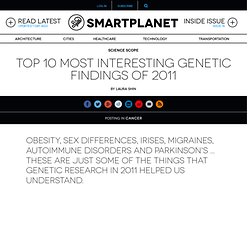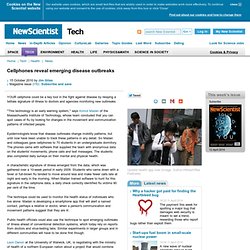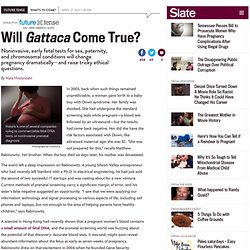

We Can Now Safely Sequence a Fetus' Genome. Is the World Ready? In the late 1960s, medical researchers developed a way to find genetic defects in a fetus as young as 15 weeks, early enough to terminate a pregnancy with an abnormal fetus.

Despite the need to have a long needle inserted into the uterus, many expectant mothers gratefully embraced amniocentesis, the now familiar genetic test. “It is truly a miracle,” a new mom told The New York Times in 1971. The woman’s three sisters had Down syndrome, and she had been terrified of passing on the disorder but got a null result. “I never thought I could have normal, healthy children.” Another miracle is just around the corner: Researchers in Hong Kong and California are developing a technique that could read the entire contents of a fetal genome as early as 9 weeks into pregnancy, using very little blood from the mother.
Today genetic tests can screen for many conditions, including Down syndrome, Tay-Sachs disease, sickle-cell anemia, and cystic fibrosis. Genetic Testing for Health, Disease & Ancestry; DNA Test - 23andMe. AMP v. Myriad: Gene Patents. Protecting the Public Domain » AMP v.

Myriad: Gene Patents AMP v. Myriad: Gene Patents On May 12, 2009, the Public Patent Foundation (PUBPAT) and the American Civil Liberties Union (ACLU) filed a lawsuit charging that patents on two human genes associated with breast and ovarian cancer are unconstitutional and invalid. The lawsuit was filed on behalf of four scientific organizations representing more than 150,000 geneticists, pathologists, and laboratory professionals, as well as individual researchers, breast cancer and women's health groups, and individual women. The U.S. Coming soon: $1,000 to map your genes. Soon, when you tell people, "It's all in the genes," you may be able to back up that statement with a copy of your genome.

On Tuesday, genomics company Life Technologies announced that, by year's end, it will launch a machine that can map and individual's whole genome for $1,000 -- and get it done in a day. Mapping by current technologies that do the same cost at least $3,000 and take a week. Many cheaper, commercial versions of this service map only a small snippet of the genome to give an individual information on his or her ancestry or disease susceptibility, whereas this would map a person's entire genetic makeup.
How knowledge of our genes will impact healthcare. Top 10 most interesting genetic findings of 2011. In our quest to understand better how our genes foretell everything from our personal quirks to what diseases we may develop, geneticists spent another year poring into various nooks and crannies of the human genome. 23andMe, a retail DNA testing service, has compiled their findings into a top 10 list of genetic findings -- though I'll tell you right now that it's really a top nine list plus one "finding" that's less about genetics and more about the way 23andMe is using the web to upend traditional research methods.

Geno 2.0 - Genographic Project Participation and DNA Ancestry Kit. Cellphones reveal outbreaks. YOUR cellphone could be a key tool in the fight against disease by relaying a telltale signature of illness to doctors and agencies monitoring new outbreaks.

"This technology is an early warning system," says Anmol Madan of the Massachusetts Institute of Technology, whose team concluded that you can spot cases of flu by looking for changes in the movement and communication patterns of infected people. Epidemiologists know that disease outbreaks change mobility patterns, but until now have been unable to track these patterns in any detail.
So Madan and colleagues gave cellphones to 70 students in an undergraduate dormitory. The phones came with software that supplied the team with anonymous data on the students' movements, phone calls and text messages. The students also completed daily surveys on their mental and physical health. IVF fullscreening. Noninvasive prenatal tests. Photograph by Comstock.

In 2003, back when such things remained unpredictable, a woman gave birth to a baby boy with Down syndrome. Her family was shocked. She had undergone the standard screening tests while pregnant—a blood test followed by an ultrasound—but the results had come back negative. Nor did she have the risk factors associated with Down, like advanced maternal age; she was 32.
“She was not prepared for this,” recalls Matthew Rabinowitz, her brother. The event left a deep impression on Rabinowitz. A scientist in Hong Kong had recently shown that a pregnant woman’s blood contains a small amount of fetal DNA, and the prenatal screening world was buzzing about the potential of that discovery. That test, called Parental Support, is currently in trials funded by the National Institutes of Health. Now insurance companies are getting involved. Scientists have known for decades that the blood of a pregnant woman contains a few stray fetal cells.